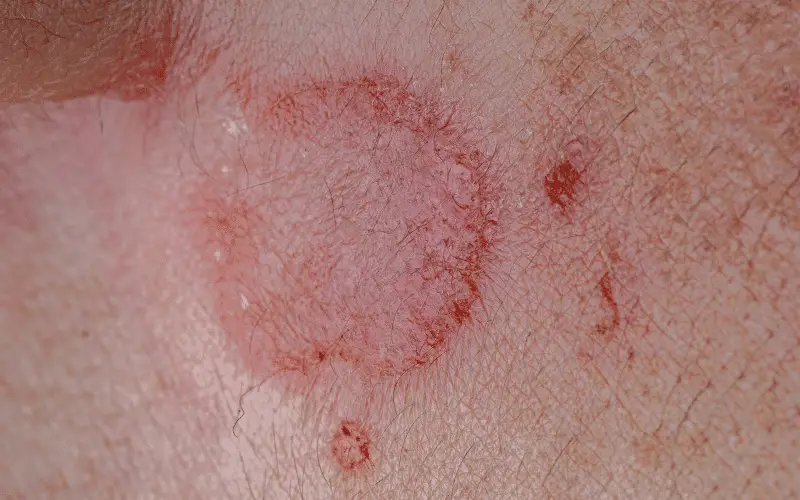Introduction: A Deep Dive into Discoid Lupus Erythematosus
Discoid lupus erythematosus, often simply known as discoid lupus, is a mysterious term for many. This chronic skin condition, marked by its disc-shaped lesions, often raises more questions than answers. However, the goal here is not to mystify but to inform and demystify. In the world of dermatology, discoid lupus holds a certain notoriety. Recognized as a subtype of lupus, this condition primarily manifests on the skin, marking its territory with scaly, disc-like sores.
What sets discoid lupus apart is its limited scope. Unlike systemic lupus erythematosus, which affects multiple body systems, discoid lupus is skin-centric. However, its seemingly narrow focus does not diminish its severity or the discomfort it causes. The lesions characteristic of this condition can lead to significant scarring and discoloration, making it a cause of both physical and emotional distress.
But what are the symptoms to watch out for? How do you know if the skin trouble you’re experiencing is discoid lupus? These questions, while complex, are not unanswerable. In fact, the answers lie in understanding the condition’s manifestation patterns, the signs that it leaves on your skin.
Over the next sections, we will be exploring the top 10 symptoms of discoid lupus erythematosus. These symptoms are not just indicators of the condition but also the keys to understanding its mechanism, its impact, and its management. In doing so, we aim to empower those affected by the condition and those seeking knowledge about it.
Symptom 1. Disc-Shaped Lesions: The Hallmark of Discoid Lupus

Discoid lupus erythematosus is a condition that announces its presence quite prominently, the most distinctive symptom being the disc-shaped lesions. These lesions, sometimes referred to as sores or rashes, are the classic sign of discoid lupus erythematosus. They tend to appear as red, inflamed patches that exhibit a certain scaliness, an aspect that can cause considerable discomfort to the affected individual.
These lesions, while not restricted to specific body parts, have a predilection for certain areas. More often than not, they choose to make their appearance on the face and scalp. This pattern is significant, as these areas are typically exposed and visible, making the lesions all the more apparent. This visibility often adds an emotional and psychological burden to the physical discomfort already inflicted by the disease.
One aspect of discoid lupus erythematosus that sets it apart is the potential for long-term impact. The disc-shaped lesions, while temporary in their active state, can leave behind permanent reminders of their presence. Over time, these lesions can result in significant scarring and skin discoloration. This post-inflammatory change is not just a cosmetic concern. It’s a constant reminder of the disease, a marker that remains even when the disease is in remission.
The emergence of disc-shaped lesions, therefore, is not merely a symptom. It’s a signal of the ongoing battle within the skin, a battle marked by inflammation and damage. It’s a call to action, an indication for the affected individual to seek medical attention. As the most recognizable sign of discoid lupus erythematosus, these lesions are, in many ways, the face of the disease itself. (1)